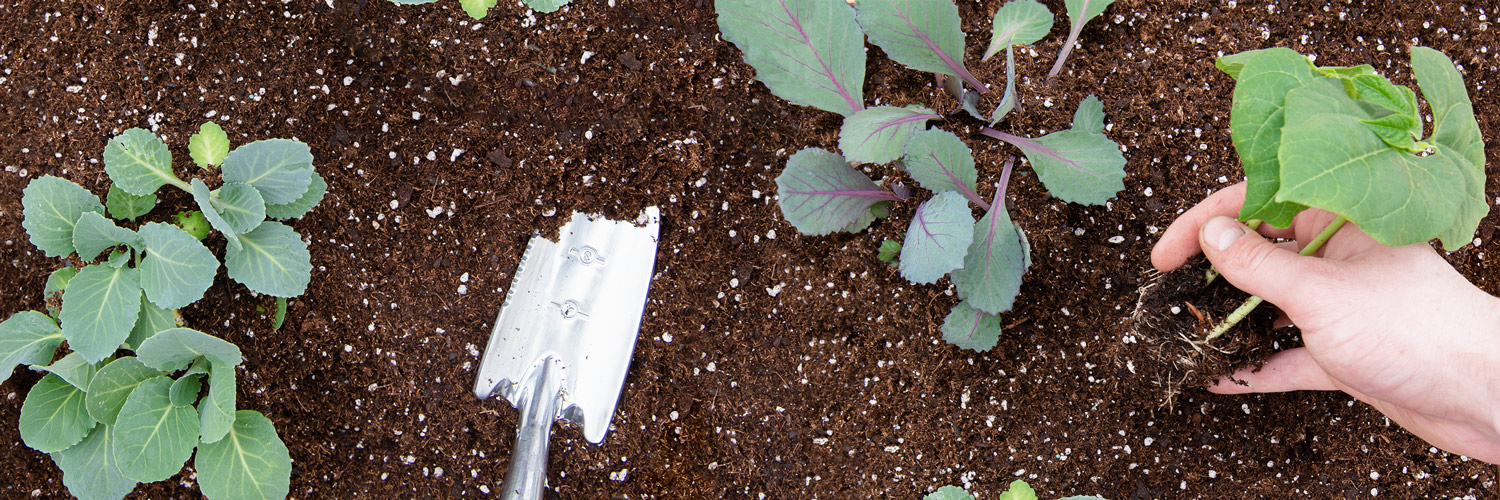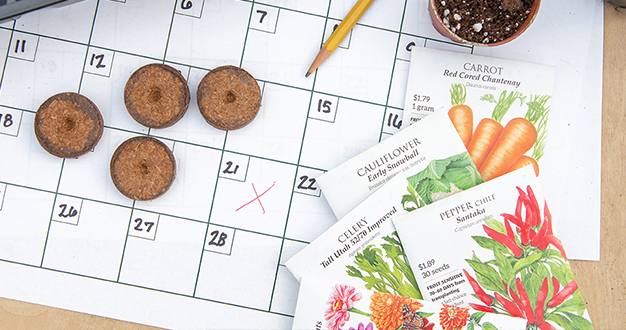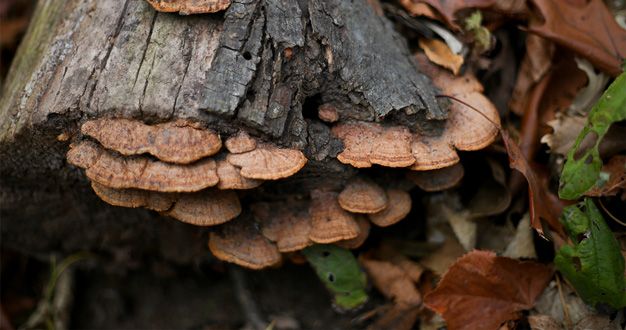
Are you ready to get out there and garden? The traditional planting season is still a while away, but you can get your garden started with a few crops that won’t mind a little pre-season chill in the air. We’ve got some new arrivals in the Greenhouse, and they’re more than ready to get you started on a delicious spring and summer harvest. Here we share some of our favorites.
One Species with Lots of Variety
Although distinct in their own ways, these early-spring vegetables – kale, cabbage, cauliflower, broccoli, and Brussels sprouts – are actually varieties of a single species, Brassica oleracea, developed through thousands of years of cultivation. As early gardeners focused on different features of the wild cabbage – the leaves, stems, or immature buds – a wide range of varieties with unique flavors and aromas have been developed over the centuries. They and their relatives are commonly known as cole crops.
When to Plant Cole Crops
Cole crops are cool-season growers. They can tolerate – and even prefer – much cooler temperatures than most other vegetables. Scott Evans of Nebraska Extension in Douglas and Sarpy Counties says that generally, it’s safe to plant cole crops as long as we’re out of danger from temperatures in the teens. Ideally, nighttime temperatures would be in the mid-30’s to 40’s, and daytime temperatures would stay in the 50’s and 60’s. Look for several days of favorable temperatures before you plant. Then, continue to keep an eye on the forecast. If it gets too cold, be prepared to cover your new garden with blankets or row covers at night.
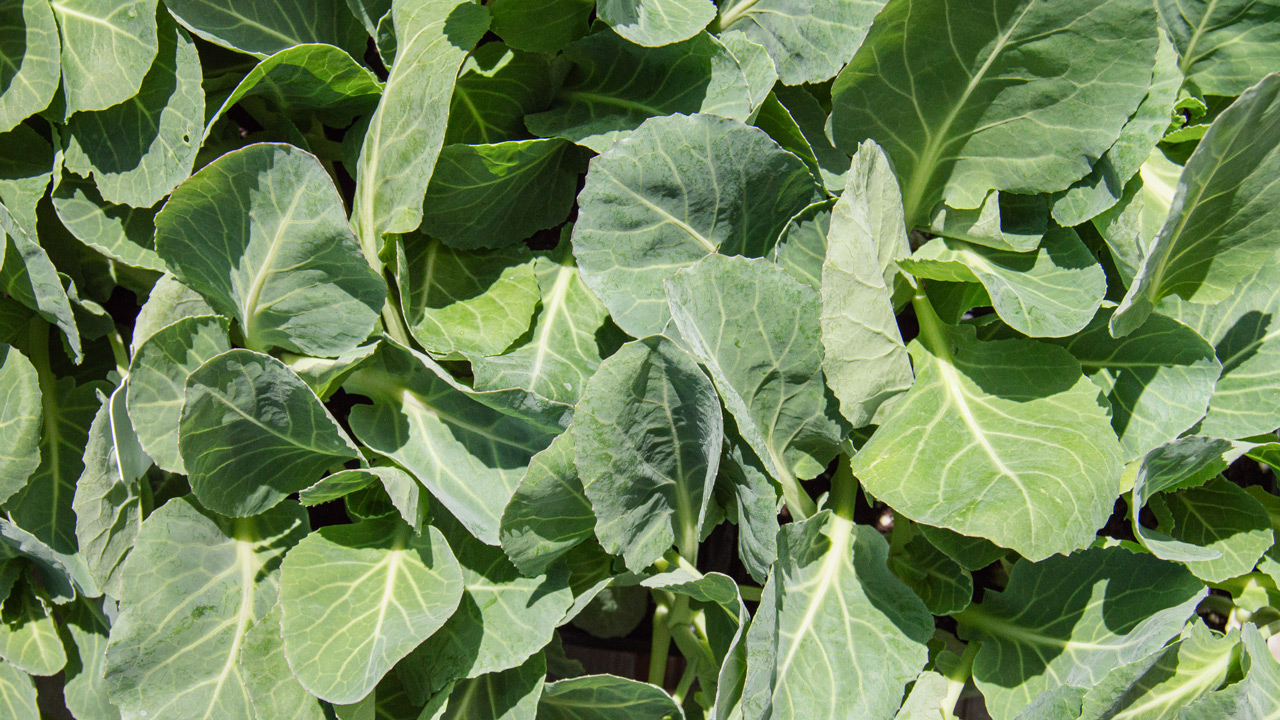
Kale
Green, leafy kale is a favorite for adding to salads or even smoothies. From the time you place your kale transplants in the ground, expect to wait about 50 – 60 days for the first harvest. Kale keeps regenerating new foliage if you selectively harvest from the bottom of the plant, leaving the upper leaves to support new growth. The tender new foliage is tastiest, but if you see a flower stalk form, be sure to cut it off. Once a kale plant has flowered, the foliage can develop bitter flavors.
Some cultivars to look for in the Greenhouse include the compact and ruffly ‘Prizm’ and the flatter ‘Red Russian’ with dark purple veins in the leaves.
Cabbage
Stir fried, chopped into a slaw, topping a fish taco, or wrapped with seasoned meat in a thin layer of warm bread, cabbage is an essential ingredient in many of our favorite recipes. Sixty days or so after setting them in the garden, your little cabbage plants will be nice, firm heads of tightly packed leaves and ready for harvest. Wait until the head is solid throughout before cutting it off as close to the base as possible.
In the Greenhouse, we have the green cabbage cultivars ‘Early Jersey Wakefield’ and ‘Golden Acre,’ as well as red cabbages ‘Red Delight’ and ‘Red Jewel.’
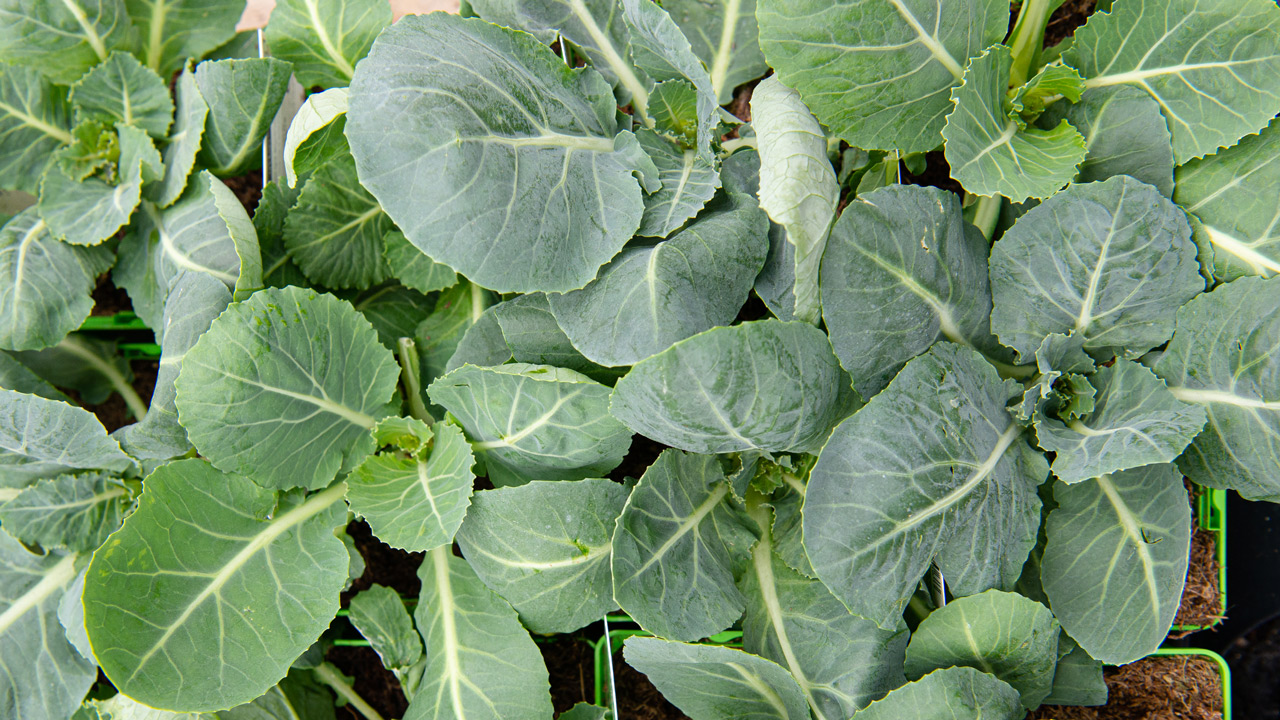
Cauliflower
Traditionally, no well-appointed crudité could be complete without a helping of fresh cauliflower florets. But this meaty, delicious vegetable finds its way into all kinds of different recipes including being grilled like a steak, replacing the potato in tater tots, or simply roasted and seasoned in olive oil. For your own supply of this versatile garden favorite, plant the seedlings around the first part of April and in 50 to 60 days, they’ll be ready to harvest.
In the Greenhouse, look for the cultivar ‘Snow Crown.’
Broccoli
This green super-food is packed with all kinds of good things – vitamins, minerals, fiber, and more – that our bodies need to thrive. Whether you sauté it, roast it, toss it in a salad, or dip it in cheese, broccoli is delicious and deserves a bigger spot on everybody’s menu. In the garden, your broccoli is ready when the heads are tight and blue-green in color and before the buds have opened. That’ll be about 60 to 70 days after planting.
On the Greenhouse tables, you’ll find the flavorful cultivar ‘Packman.’
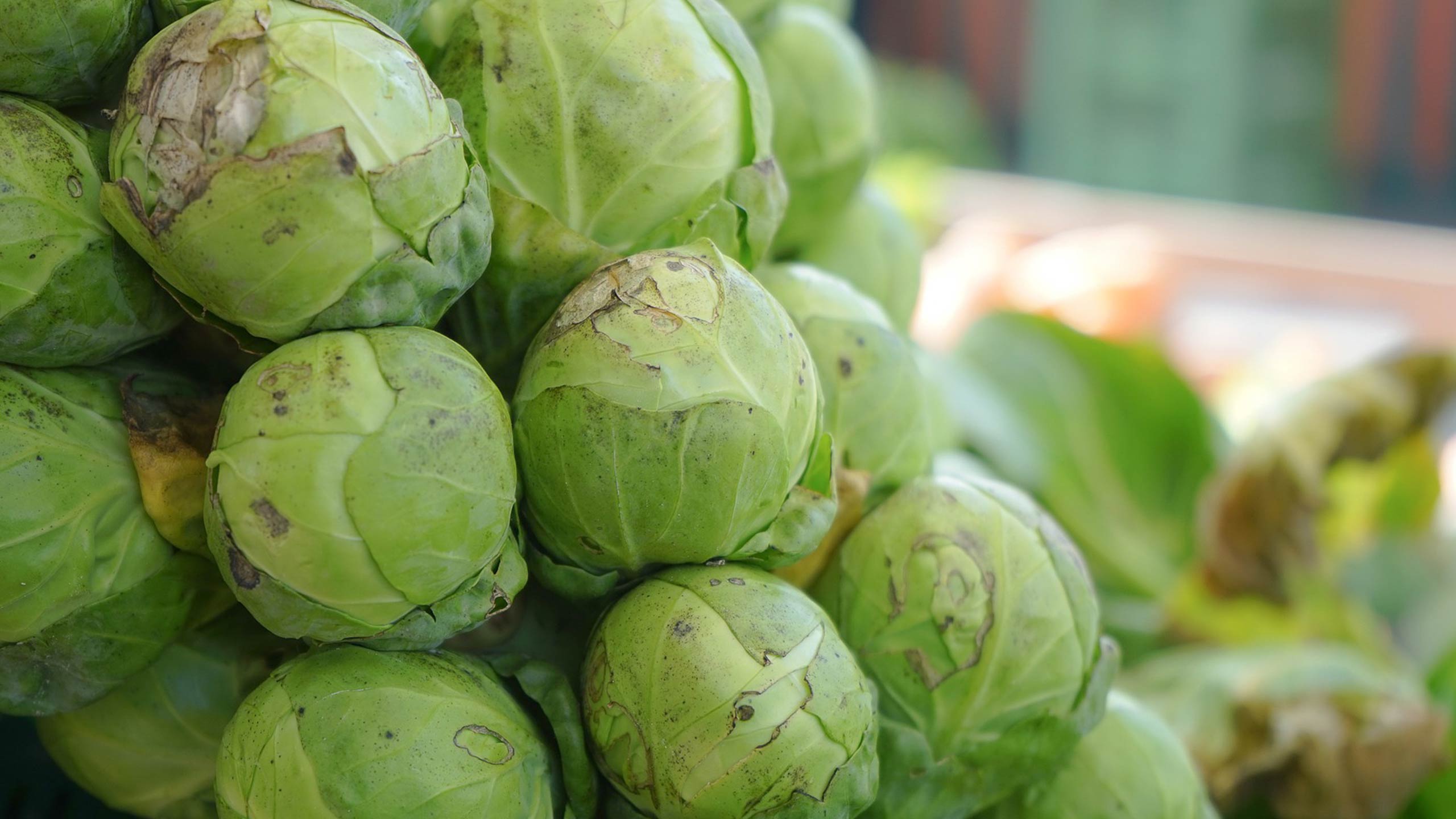
Brussels Sprouts
Brussels sprouts take a while longer to develop after planting – about 80 to 100 days – but they’re worth the wait. If you’ve had bad experiences with mushy sprouts from childhood, forget that. Try them sautéed in olive oil and salt instead and become a new convert. Brussels sprouts are ready to harvest when the heads are a little over an inch in diameter. And be sure to harvest them from the bottom of the stem first, then work your way up.
In the Greenhouse, look for the cultivar ‘Jade Cross.’
Tips for Planting + Care
- Plant your vegetables in an area with full sun and healthy, well-drained soil.
- Because cole crops suffer the same insect pests and pathogens, rotate the plantings in your garden so that no one location is used to grow a cole crop more than once every four years or so.
- For spacing information, check the tag that comes with the transplant or the back of the seed packet for each variety.
- Apply an inch or so of organic mulch, such as woodchip mulch or leaf litter, to help protect roots from abrupt swings in soil temperature.
- Because cole crops have shallow root systems, plan to apply additional watering when there’s less than an inch of rain in a week.
- It’s important to control weeds that compete for light, water, and nutrition. You can pull weeds by hand, but mulching is a great way to shade out weeds and conserve soil moisture at the same time.
- Watch for insect pests – cabbage worm and other caterpillars are common pests of cole crops.
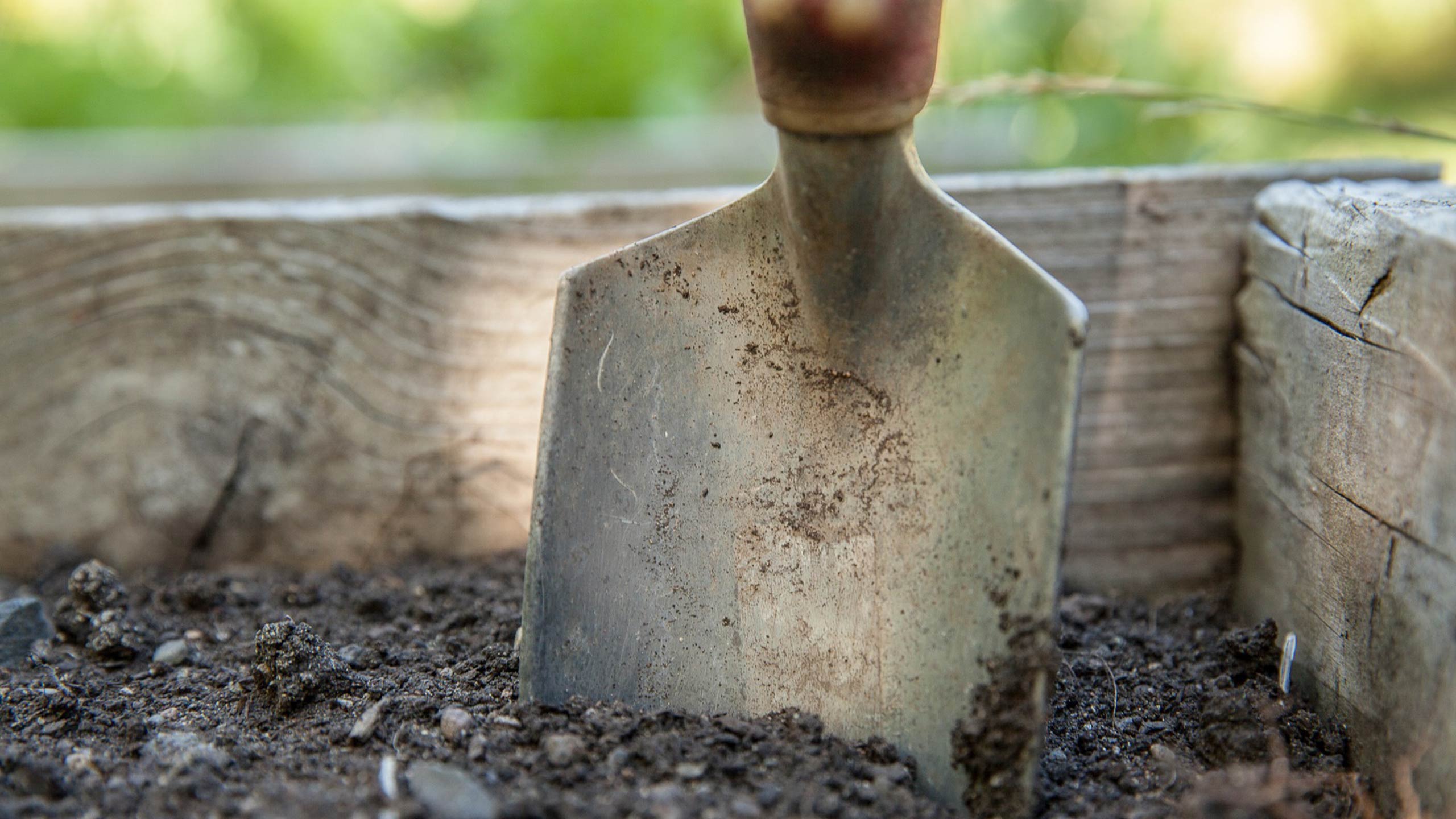
Start That Garden Now
If you’re anxious to get your garden going, cole crops are the place to start. And now, you can shop our favorite early-spring crops in the Greenhouse.

